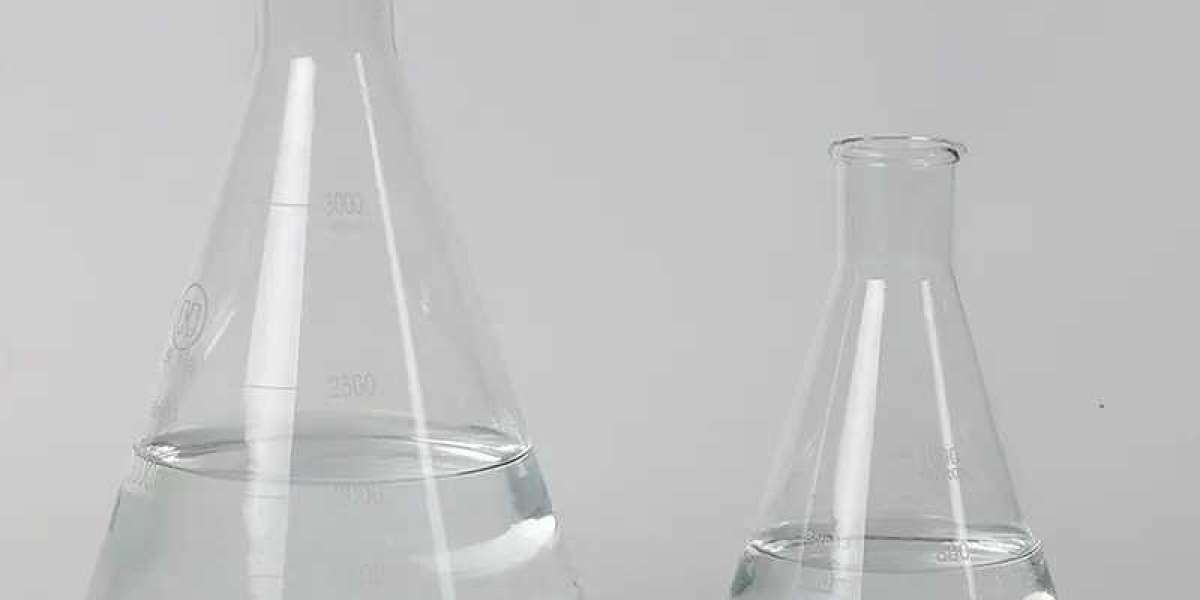As the global food industry evolves, so too does the packaging that preserves and presents our food. Among the emerging trends in food packaging, acrylic-based materials have gained significant attention for their versatility, durability, and aesthetic appeal. This article explores the rise of acrylic-based materials in food packaging, examining their benefits, applications, and the implications for sustainability in the food industry.
Acrylic materials, known for their clarity and strength, are increasingly being used in food packaging due to their ability to enhance product visibility while providing robust protection against environmental factors. Unlike traditional plastic materials, acrylic offers a premium look and feel that can elevate the consumer's perception of the product. This is particularly important in a competitive market where packaging plays a crucial role in attracting consumers’ attention on store shelves.
One of the key advantages of acrylic-based packaging is its lightweight nature, which not only reduces shipping costs but also minimizes the carbon footprint associated with transportation. Moreover, acrylic is highly resistant to UV light, which helps in preserving the freshness and quality of food products. As consumers become more health-conscious, the demand for packaging that maintains food integrity is on the rise. Acrylic materials help meet this demand by providing a reliable barrier against moisture and oxygen, extending the shelf life of perishable goods.
In addition to functionality, the aesthetic qualities of acrylic packaging cannot be overlooked. Its crystal-clear transparency allows for an appealing display of the product inside, making it an ideal choice for gourmet foods, beverages, and specialty items. Brands are increasingly recognizing the importance of visual appeal in packaging design, as it significantly influences consumer purchasing decisions. Acrylic’s ability to be molded into various shapes and sizes further enhances its versatility, allowing brands to create distinctive packaging that stands out in a crowded marketplace.
However, the rise of acrylic-based materials in food packaging is not without its challenges. Concerns regarding the environmental impact of acrylic production and disposal have led to increased scrutiny from both consumers and regulatory bodies. As sustainability becomes a priority for many companies, the food packaging industry is under pressure to adopt more eco-friendly practices. Fortunately, advancements in recycling technologies and the development of biodegradable acrylic alternatives are paving the way for a more sustainable future in food packaging.
As we look towards the future, the trends in food packaging indicate a growing preference for materials that not only provide functional benefits but also align with consumer values, particularly sustainability. The rise of acrylic-based materials is a testament to the industry's innovation and responsiveness to these changing demands. With ongoing research and development, we can expect to see further enhancements in acrylic technology, leading to even more sustainable and efficient food packaging solutions.
In conclusion, the rise of acrylic-based materials in food packaging reflects a broader trend towards innovation and sustainability in the food industry. These materials offer a unique combination of aesthetic appeal and functional advantages, making them a popular choice among brands looking to differentiate themselves in a competitive market. As the industry continues to evolve, the focus on sustainable practices will likely drive further advancements in acrylic technology, ensuring that food packaging meets the needs of both consumers and the environment.






